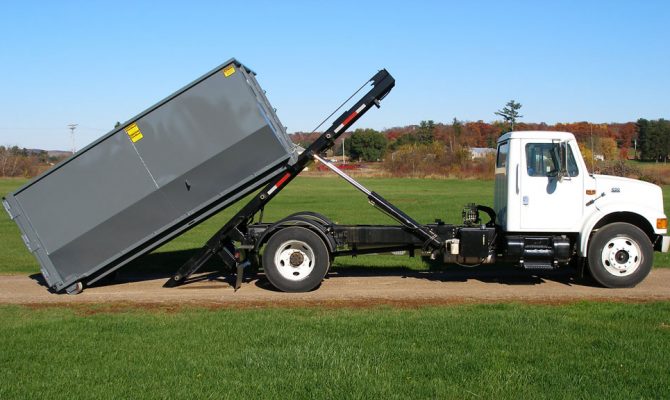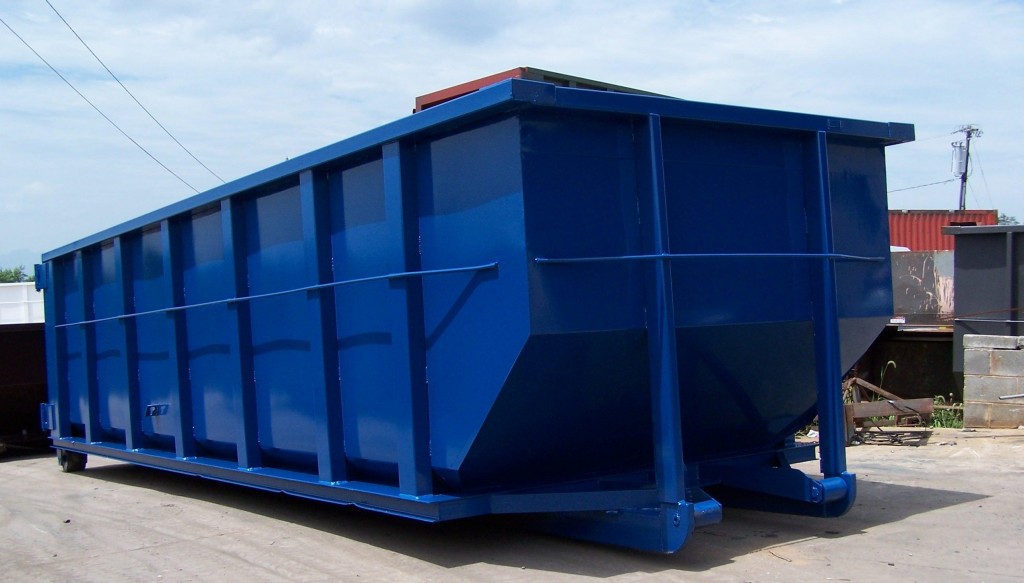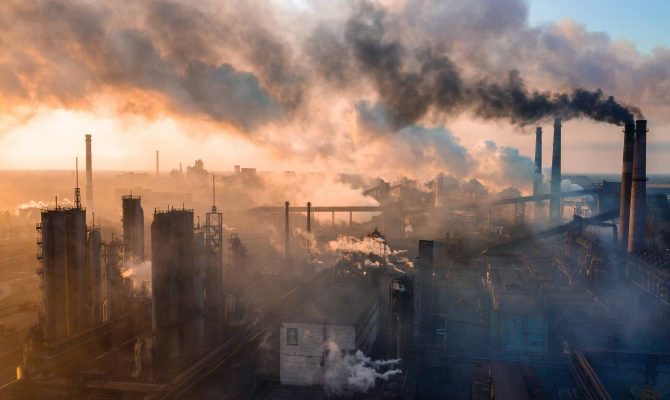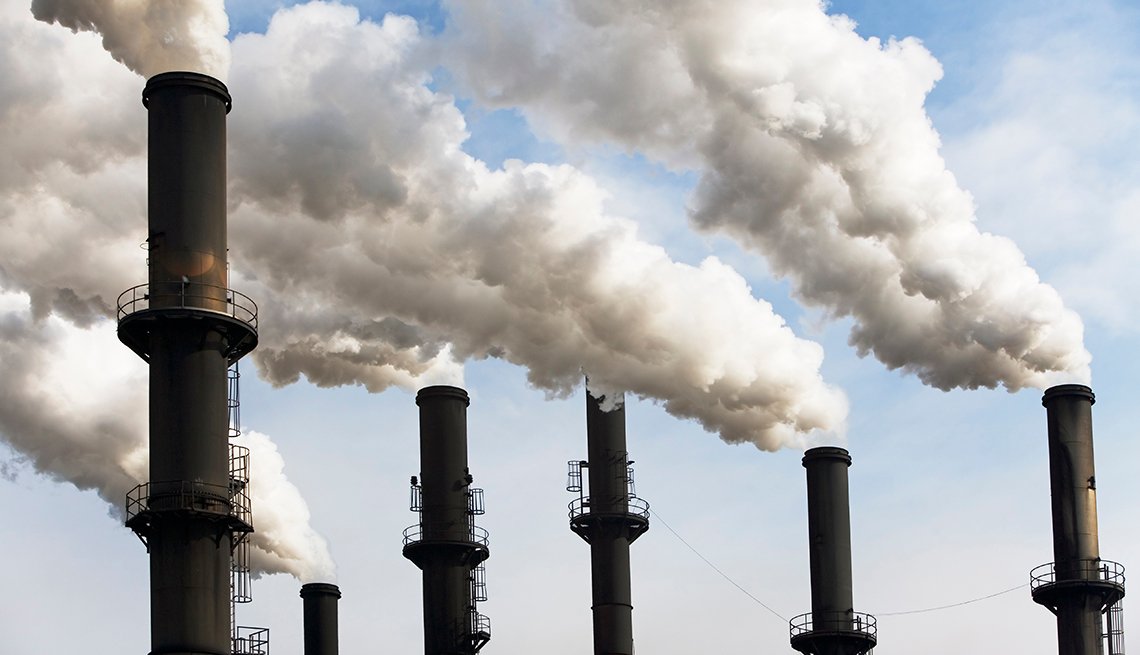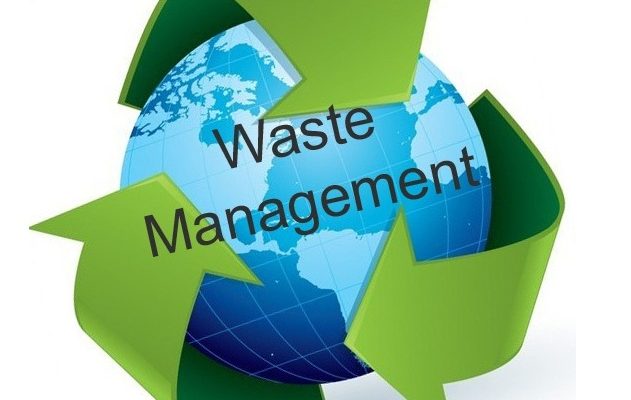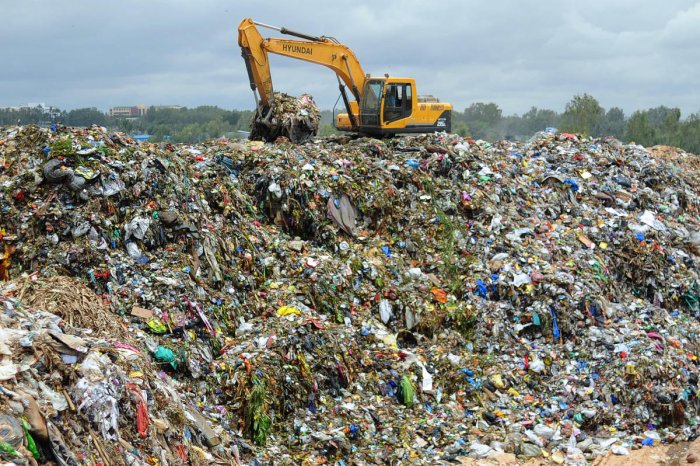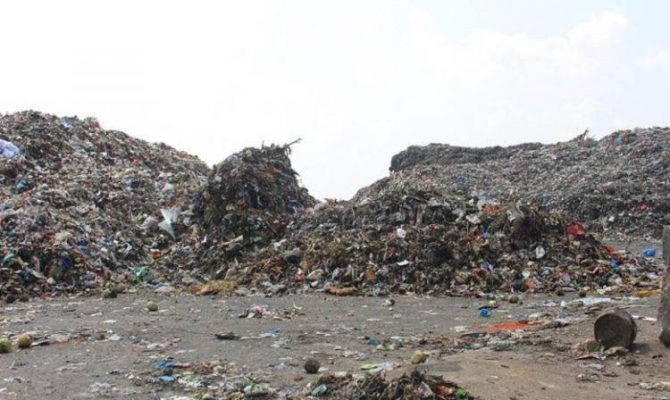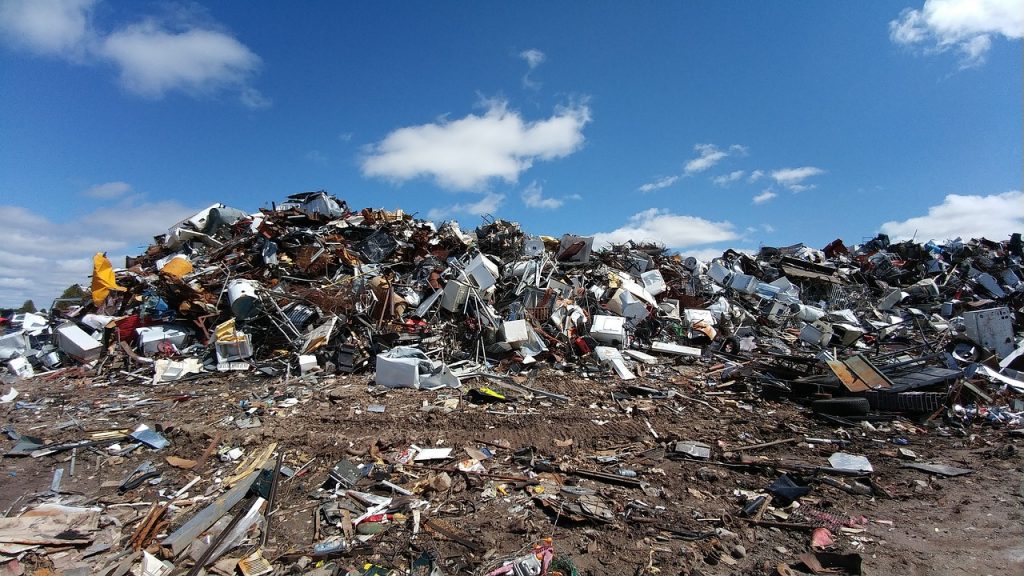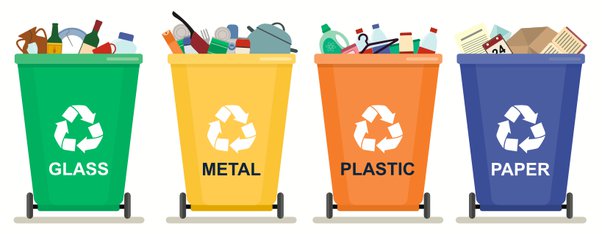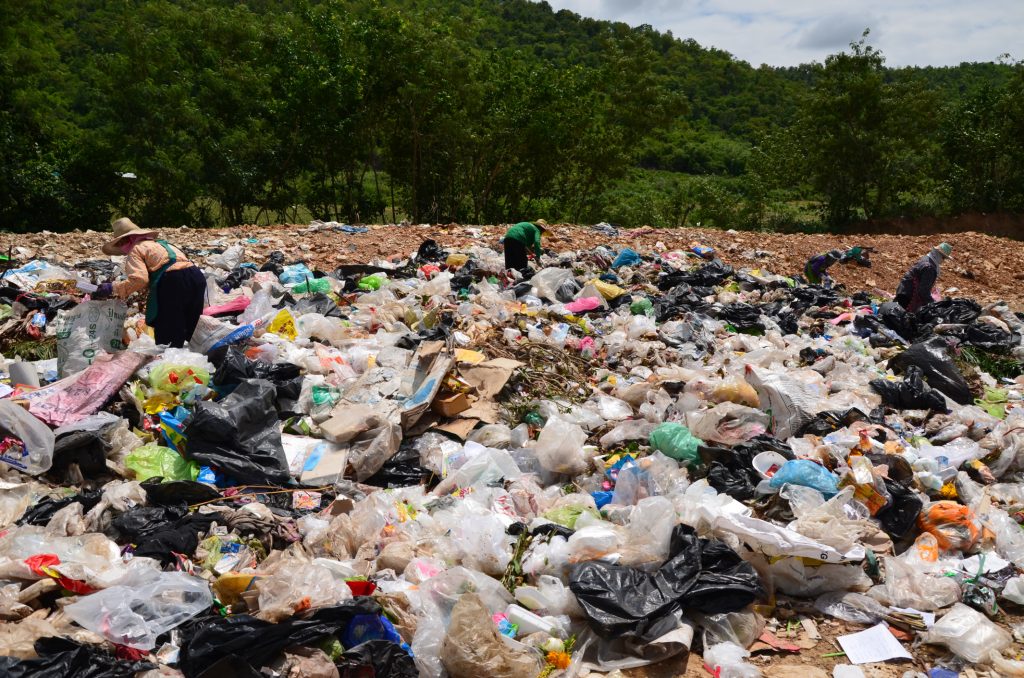One problem in New Jersey that happens is dumping.
Walking down the road next to our property last night, we found four empty buckets of roofing tar. Thanks to whoever dumped this! We’ve been meaning to haul off some stuff to the land fill, but we didn’t need anymore to make a load. In this county (with a large and expanding suburban population) it seems like everybody and their brother is some kind of building contractor, and apparently someone doesn’t like visiting the landfill any more than I do.
Since the spot where the dumping happened is not visible from the house, there isn’t a heck of a lot to be done that’s easy, either. Well, since this is our first time for this sort of thing, I decided to try a little experiment to see if it might discourage repeat offenses.
I took the buckets, blasted a hole in each one with a shotgun, and lined them up along the road with an empty shell on top of each one. Maybe they’ll make the point. Not to overly defend city folk, but we are buying a rural farm and find that it’s much harder to get rid of trash in the sticks. Growing up in a rural area, there is no trash pickup.
We will have to recycle what we can (there’s a recycling center a few miles away) and find out where the landfill (called “the dump” when I was growing up) is located so we can haul the rest there.
In the city of Trenton we have unlimited trash pickup, just toss it out on the sidewalk on trash day, and presto it’s gone by 9 am. In fact, we will be renovating the farm house on weekends and bringing the trash back here to the city to dispose of with Trenton dumpster rental services!
That is indeed strange – last year we discovered several bags of trash along our private dirt lane. Inside, along with other household refuse, was a fair amount of mail addressed to a resident of the nearest town – about 5 miles away. I took all of the trash in my pickup back to his place and dropped it (not gently) on his front lawn. I cannot imagine what possessed him to drive all the way to our place to dump garbage that the town would pick up at his curb for free.
We have not had a repeat. There was not enough time to repair all of the damage before the current shift had to leave. The operators coming on shift did not know the actual state of the safety mechanisms. Running the plant at low power had allowed a build-up of Xenon. Increasing the activity of the core to overcome the Xenon should have been moderated by a defeated safety system, instead the desired change came too quickly and resulted in a critical excursion, followed by an explosion and fire.
The biological shield that prevented plant workers from being irradiated and sat on top of the core was held down purely by the force of gravity. The coolant ran through pressurised tubes, so there was no pressure vessel. There was no steel reinforced, concrete containment dome. There was no containment. Certain peculiarities in the control rods made the problem even worse, as they were non-uniform and had regions of water and graphite. When the graphite entered the problem area at the bottom of the core, it sped up the reaction, and things got bad.
The region near Trenton went prompt critical, and the resultant explosion hurled the entire atomic pile out of its reactor pit, which allowed oxygen to contact most, if not all, of the graphite moderator. If the problem had been at the top of the pile, many of the cooling channels might have survived, and the fire would have been a lot smaller for lack of surface area. While far from a technically accurate description of the problem, this is correct enough to show that some containment would have gone a long way.
There surely are lots of bad things that can be said about ‘city-folk’, but I’ve found them (at least those who move to the sticks) to be much more conscious of respecting their (and others’) property than many of the ‘locals’. I’ve personally encountered quite a few ‘been here all my life’ types tossing their empty beer cans etc. on my neighbor’s property.
So I don’t think all evils can automatically be chalked up to urban refugees. That said, it is difficult to dispose of trash in the sticks. Once you know where the landfill/dump/transfer station is you have to be able to get there during the very limited operating hours. In some cases you have to go to different places for different types of disposals.
Part of the reason I think is inconvenience is cheaper than convenience.
Most of the people in my neck of the woods are self employed and can take an hour on a Wednesday to do this stuff instead of waiting in a big line on Saturday. The more inflexible your hours are, the harder things like get- ting rid of trash will be.
Doesn’t excuse tossing it for everyone else to deal with, though. Around here, the price of dumping at the landfill is getting pretty high, mostly because of additional cost for dumping things like water heaters, refrigerators, mattresses, tires, etc.
‘Guess what, we see dumped beside the road here? I’m not advocating the practice but our over-regulating the landfills are adding costs and that motivates some people to dump on “other places”. For example, my last well tank and water heater that I dumped cost me $35.00 to take to the dump.

